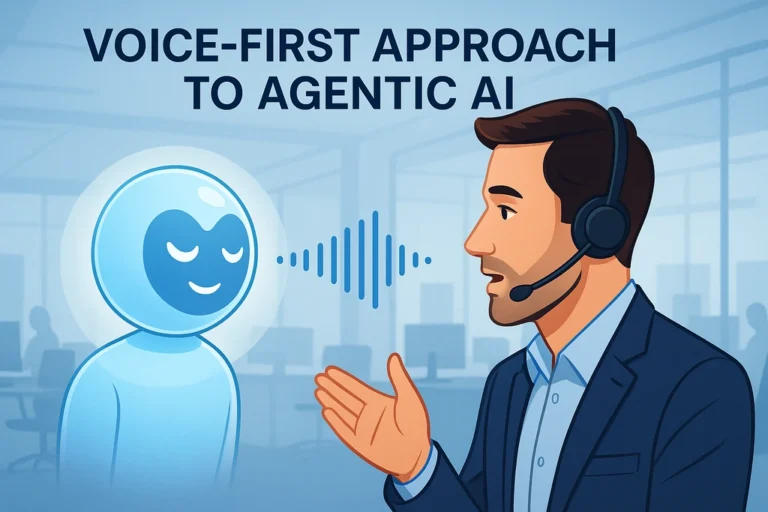[ {
“type”: “highlight”,
“id”: “5a7e1d2c-c020-4948-a6b7-34e5480d333b”,
“shape”: “underlineDouble”,
“isFront”: false,
“isAnimationEnabled”: false,
“animation”: “draw”,
“duration”: 0.5,
“direction”: “right”,
“color”: {
“type”: “THEME_COLOR”
},
“thickness”: {
“unit”: “em”,
“value”: 0.1
},
“linecap”: “square”
} ]
ChatGPT is a conversational agent developed by OpenAI. Based on the GPT (Generative Pre-trained Transformer) architecture, its latest version, GPT-4, has been trained on a large dataset that covers various topics from literature, science, to general internet content.
The model is designed to understand and generate human-like text based on the data it was trained on. This makes it capable of answering questions, providing summaries, generating content, and even engaging in casual conversation with users.
While its primary function is text-based, it is versatile enough to be integrated into various applications ranging from customer service bots to content creation tools. However, it’s important to note that while ChatGPT is highly sophisticated, it is not sentient and does not possess the ability to understand or have feelings.
See also: Why AI Can’t Replace Physicians — 5 Key Points (medium)
A Quick Look at ChatGPT’s History
ChatGPT’s history traces back to the advancements in machine learning and natural language processing, spearheaded by OpenAI. The model has undergone several iterations, beginning with earlier versions like GPT and GPT-2, before evolving into its latest form, GPT-4. Each version represents a leap in capabilities, trained on progressively larger and more diverse datasets.
OpenAI initially made headlines by choosing not to publicly release GPT-2 due to concerns about its potential misuse, given its powerful text-generating abilities. This caution highlighted both the potential and the ethical considerations of such advanced AI models.
Later, OpenAI adopted a more open approach, offering API access to GPT-3, which has been used to develop various applications in fields such as customer service, content generation, and coding assistance. With GPT-4, OpenAI has continued to refine the model’s performance, aiming for even more accurate and context-aware responses.
The ChatGPT model, being a specific implementation designed for conversation, has found wide-ranging applications from casual interactions to professional use-cases like automated customer service and AI-driven content creation.
While it remains a tool that operates based on algorithms and does not possess consciousness, its increasing integration into business and consumer applications signals its growing influence in the landscape of AI-driven communication solutions.
See also: How To Use AI To Attract More Followers On LinkedIn
How to use ChatGPT?
To use ChatGPT, you have a few options depending on your specific needs and technical skills. Here’s a quick guide on how to get started:
-
API Access: For developers looking to integrate ChatGPT into their own applications, OpenAI provides an API. You would need to acquire an API key from OpenAI and follow the API documentation to make calls to the service. The API allows for both prompt-based and chat-based interactions, making it versatile for a range of applications, including automated customer service, content generation, and data analysis.
-
Web-Based Platforms: OpenAI or third-party services often offer web-based platforms where users can interact with ChatGPT without any coding. These platforms are straightforward—simply type your question or prompt into the provided text box and hit enter to receive a response.
-
Software Integrations: ChatGPT can also be integrated into existing software frameworks through its API. For example, if you’re running a customer support center, ChatGPT can be programmed to handle initial customer queries, escalating to human operators only when necessary.
-
Command Line: Advanced users can also interact with ChatGPT using command-line tools, although this is less common for typical business or consumer applications.
-
Parameters Customization: When interacting with the API, you have the option to tweak parameters like temperature and max_tokens to influence the model’s behavior. A lower temperature like 0.2 makes the output more focused and deterministic, while a higher value like 0.8 makes it more random. The max_tokens parameter can be used to limit the length of the generated text.
-
Data Handling: Keep in mind that while ChatGPT is designed to provide accurate and relevant responses, it is not infallible and should not be used for critically sensitive tasks without adequate supervision.
-
Ethical Considerations: Ensure that you comply with OpenAI’s usage policies, including not using the model for generating misleading or harmful content.
By following these steps and considerations, you can effectively utilize ChatGPT for a wide range of applications, tailored to your specific requirements.
See also: How AI Is Changing Every Corner Of The Economy
What can be done with ChatGPT?
ChatGPT offers a versatile range of applications across various sectors owing to its text generation and comprehension abilities. Below are some specific use-cases:
-
Content Generation: ChatGPT can assist in drafting articles, blog posts, and even technical documents. It can help speed up the writing process by generating ideas, outlines, or even full drafts.
-
Customer Service: Businesses can integrate ChatGPT into their customer service portals to handle routine queries, thereby reducing the workload on human agents. The model can sort queries, provide basic troubleshooting, and escalate issues to human operators when necessary.
-
Data Analysis: ChatGPT can summarize large sets of textual data, offering insights and trends that may not be immediately obvious. This is particularly useful for market research and sentiment analysis.
-
Programming Assistance: With proper integration, ChatGPT can generate code snippets or suggest fixes for common programming errors, thus aiding in software development.
-
Language Translation: Although not a replacement for specialized translation services, ChatGPT can provide decent approximations for translating text between various languages, which can be useful for quick, non-critical translations.
-
Educational Tutoring: ChatGPT can serve as a supplement to traditional education methods by providing explanations for academic topics, answering student queries, and even generating quiz questions for practice.
-
E-commerce: It can help with product descriptions, reviews, and even automated responses to customer queries related to products.
-
SEO Optimization: ChatGPT can generate SEO-friendly content, including meta descriptions and keyword-rich articles, which can help in improving a website’s search engine ranking.
-
Email Drafting: For business professionals, ChatGPT can assist in drafting professional emails or responses, thus speeding up day-to-day communications.
-
Creative Writing: While not a substitute for human creativity, ChatGPT can assist in brainstorming ideas for stories, scripts, or other creative projects.
-
Social Media Management: ChatGPT can help generate content for social media posts, including captions and hashtags, thereby aiding in online marketing strategies.
-
Personal Assistants: ChatGPT can be integrated into smart home systems to provide more natural and contextual responses, beyond the capabilities of rule-based systems.
Given its adaptability and the scope for customization, ChatGPT presents a powerful tool for both individual users and enterprises. However, it’s important to remember that it has limitations in terms of understanding nuanced human emotions or making ethical judgments. Supervision and ethical considerations should guide its application in sensitive or critical tasks.
Photo by Matheus Bertelli







